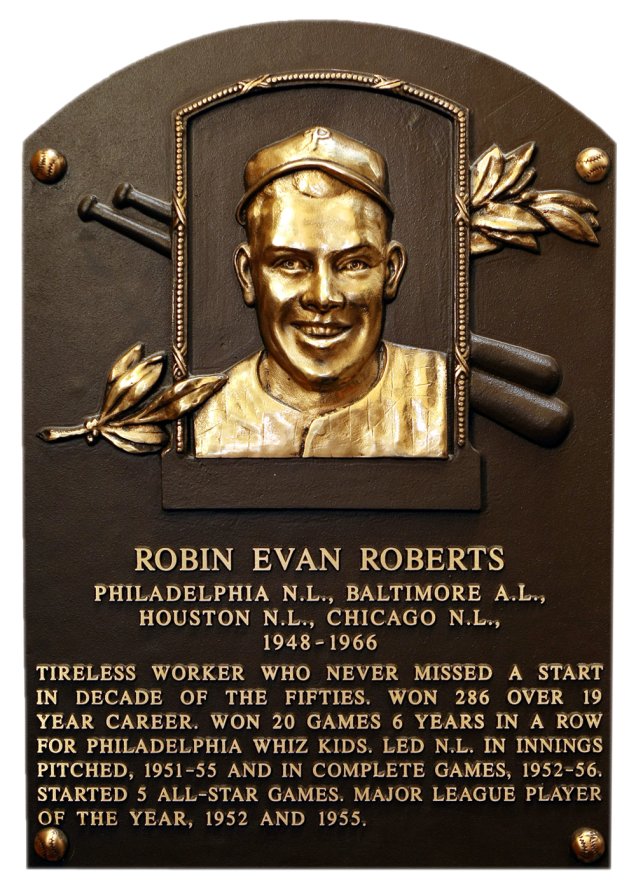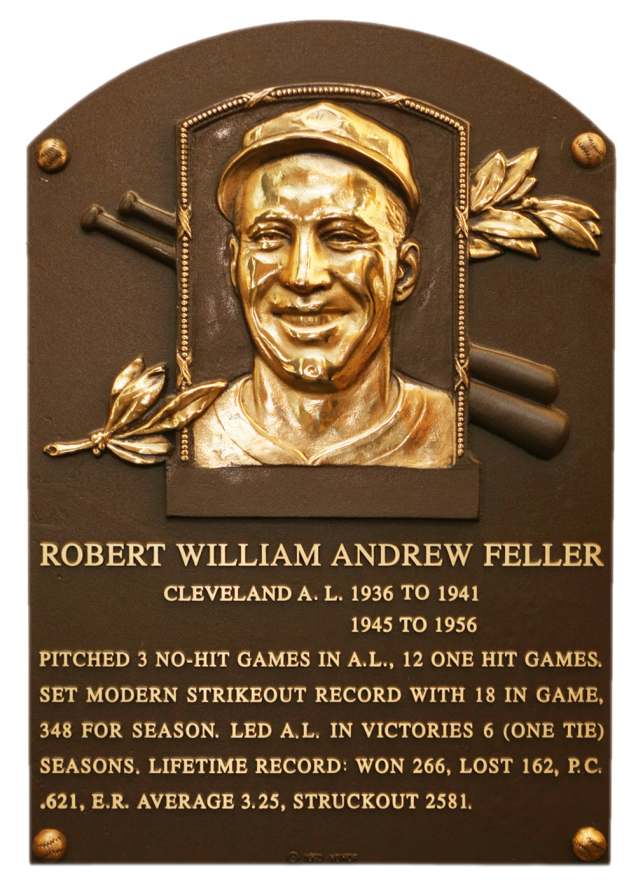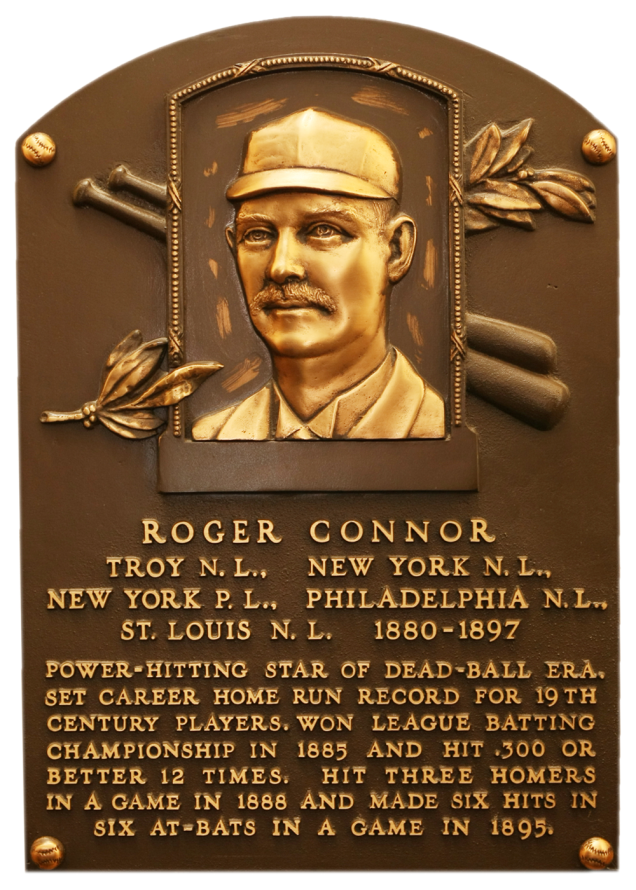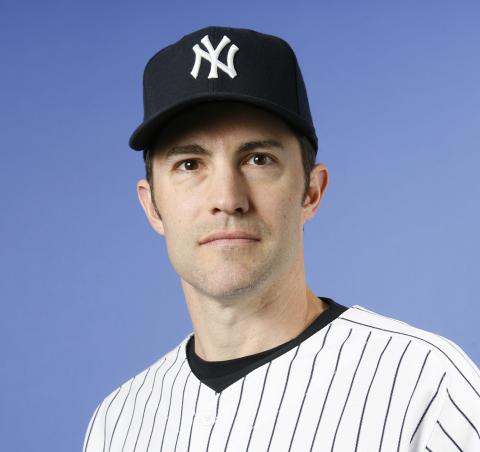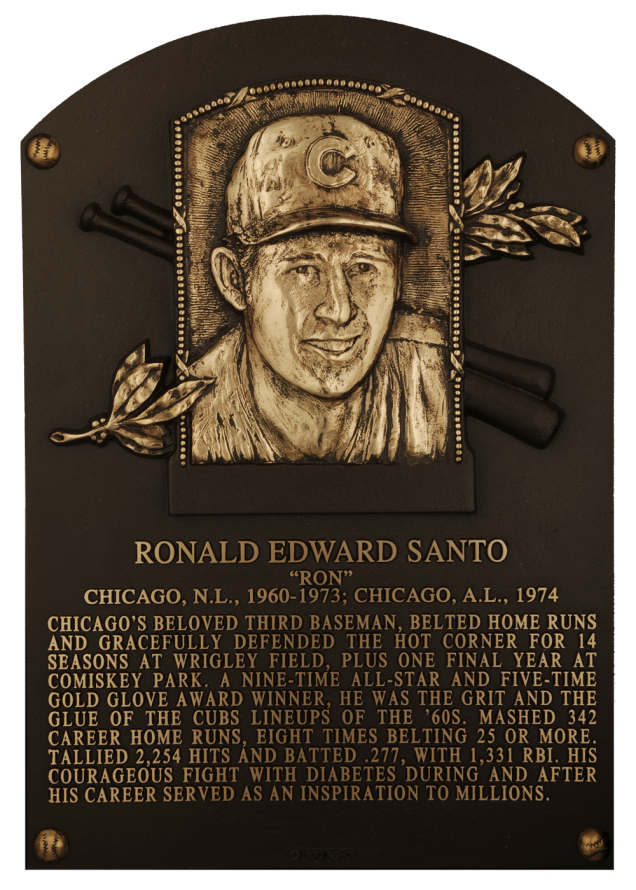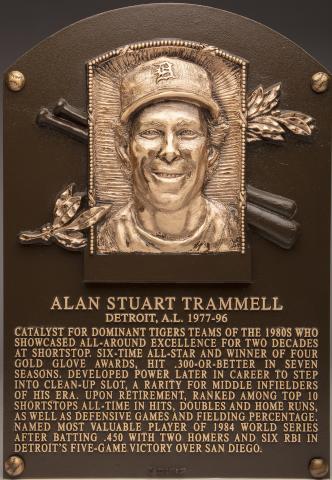
Class of: 1949 (Veterans Committee)
Team: Braves
Key Stats: 361 Wins, 80.0 WAR, 2.95 ERA
And now, we reach the Don Sutton of the earliest generation of starters. Kid Nichols was one of the first pitchers to win 300 games, accomplishing the feat after 11 seasons in the majors. And yet, for years, he quietly faded into the backdrop of history as Cy Young, Walter Johnson and others kept rewriting the record books. It took the Hall of Fame 13 years of voting to decide that Nichols deserved to join the ranks when players like Joe McGinnity, Jack Chesbro, Tommy McCarthy, Frank Chance and others were able to make it in sooner. What happened to make Nichols not stand out as much as the others? Well, for one, Nichols had a very obvious break in his career which hurt his perception slightly. After pitching incredibly well from 1890-1901, Nichols began to coach in the minor leagues before returning to the Majors in 1904 and, while he was decent, he wasn’t nearly as dominant as his earlier years. For another, newspapers didn’t give much attention to sports until the middle of the first decade of the 1900’s, right as Nichols’ career was wrapping up, so his best years didn’t receive much national attention. And, just like his peers that seemed to fade away, Nichols’ personality was not the typical ballplayer’s personality of the time. Nichols was not an alcoholic ruffian like some players like King Kelly, but much more of the quiet, reserved type in the mold of Deacon White. The fading of Nichols’ career is unfortunate because that took glory away from one of the best arms of the early years.
Nichols burst onto the scene in 1890 with 27 wins, a 2.23 ERA and 8.4 WAR in over 400 innings in one of the greatest debut seasons for a pitcher ever. Over the remainder of the 1890’s, Nichols became possibly the best pitcher in the game as he won 30 or more games a record seven times, threw at least 300 innings every season and even was able to strike out a decent number of hitters for the time with eight seasons of 100 or more punchouts. Even at his lowpoint of the decade, a 4.74 ERA in 1894, he was still a very good pitcher with an ERA- of 86 which shows how much of a year for offense that season was. Other than in 1894, Nichols’ ERA- was below 80 in all but one season of the 1890’s and his raw ERA was below 3.00 in all but three seasons for the decade. With Nichols leading the charge, the Braves won the league pennant five times in the decade and beat the Cleveland Spiders for the 1892 Championship Series (Nichols won two games that series with an ERA of 1.00). The 1890’s were absolutely Nichols’ decade as he was worth at least 5.1 WAR each year, even when his ERA was nearly 5.00 and his FIP was over 5.00 in 1894.
While Nichols was clearly at his best for the 1890’s, time moves in one direction and the decade couldn’t last forever. In 1900, Nichols began to slow down a bit with a WAR of only 2.1 while tossing only 231 innings. Nichols hurt himself in April of the 1900 season and pitched most of the year in pain. He bounced back somewhat in 1901 with 3.9 WAR in 321 innings, but his best years were clearly behind him. In the offseason following 1901, Nichols became player-manager for a team in the Western League, where he would pitch and manage for the next two seasons before the team folded. Nichols returned to Major League Baseball in 1904 with the Cardinals and was excellent once again with 5.4 WAR in 317 innings. Unfortunately, Nichols would resume his decline period in the following two seasons before retiring in 1906 after throwing 11 rough innings for the Phillies.
During his career, Nichols was the second most valuable pitcher with 80 WAR, behind only Cy Young. Young also outranked him in wins, RA9-WAR, innings and strikeouts. Overall, after his career, Nichols’ win total ranked third behind Young and Pud Galvin, while his WAR and RA9-total ranked ahead of everyone besides Young as well. There’s no shame in finishing second to the best pitcher of the generation, and Nichols easily has a case to be made for his induction as well as the best pitcher of his time not named Cy Young. Nichols’ high peak and decade-long dominance make him a fine selection for the Hall of Fame, as well as one of the best pitchers ever. He wasn’t Cy Young, but then again there weren’t many that were Kid Nichols either.
